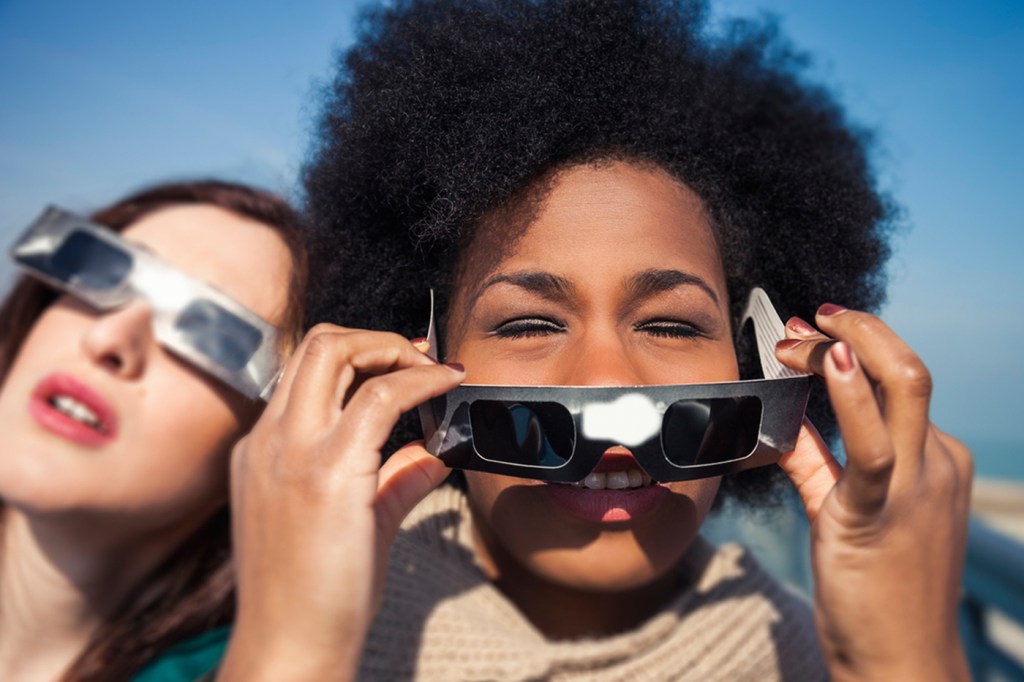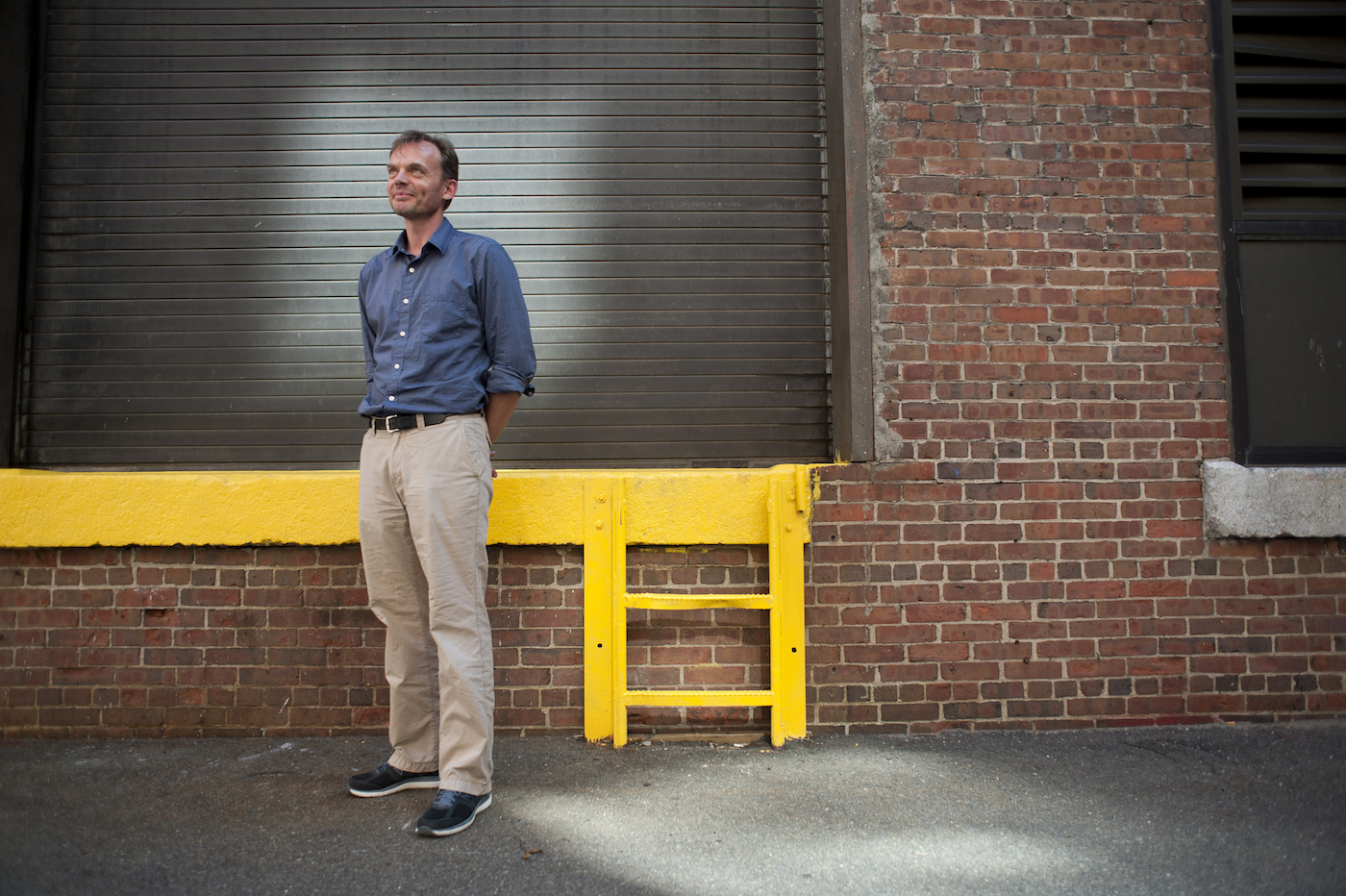Want to watch the solar eclipse? Read this first. Your eyes will thank you.

On Monday, Americans will be treated to the first coast-to-coast solar eclipse in 99 years. Everyone in the contiguous United States will be able to see the event in some shape or form. Those in the path of totality will witness a full eclipse, while others will see the show in varying degrees depending on their location.
Watching this phenomenon can be awe-inspiring and eerie all at once. There are groups of people who dedicate their lives to chasing eclipses, and some are traveling far and wide to catch the best glimpse. Just don’t forget your safety glasses.
There are serious consequences for staring into direct sunlight, said Peter Bex, an expert on vision science at Northeastern. “Invisible ultraviolet sunlight would permanently damage cells in the back of your eyes,” Bex explained. “This condition is known as Solar Retinopathy, and it usually affects several unprotected people every time there is an eclipse.”
The science of sun damage
Specifically, cells in the back of the eye called the retina would bear the brunt of the damage.
The sun emits a broad range of electromagnetic radiation, which includes ultraviolet light—the same stuff that gives skin a sunburn. Ultraviolet shines through the eyes to the retina, which contains photoreceptors called rods and cones that are connected to the optic nerve. Neural cells in the optic nerve transmit information about light, dark, and color to the brain. A layer of cells behind the photoreceptors, called the retinal pigment epithelium, provides metabolic support to the neural cells. Each of these components is essential to our vision. And every single one would be damaged by staring at the sun, Bex said.

Staring at direct sunlight “could lead to permanent, irreversible blinding,” said Peter Bex, an expert in vision science.
The eyes do have a mechanism to taper the intensity of light. Our pupils constrict to reduce brightness, just as they open up when lighting is dim. This allows us to operate over a wide range of light levels. The top of that level is about 200 spikes per second, referring to the rate at which neurons are firing. Anything beyond that causes the system to max out.
“If you take your sunglasses off on the beach, you may notice that everything looks bright white,” Bex said. That’s the phenomenon of exceeding the eye’s response range and running out of neurotransmitter, which allow cells to communicate by conducting electro-chemical signals. This causes that “bleached out” vision effect. After prolonged periods of overstimulation, these signaling chemicals can be toxic to the retina.
It’s a combination of the invisible ultraviolet radiation, and extreme response to bright visible light, that wreaks havoc on the retina. That’s why sunglasses won’t do nearly enough to protect against damage from staring at direct sunlight.
Bottom line—if you plan to watch the eclipse, use approved safety glasses, which cut out nearly all of the ultraviolet and most of the visible light. Bex, who has spent the past 20 years doing clinical research in eye hospitals, has never come across a case of blindness from staring at the sun. But it does happen, and the results are not desirable.
“It could lead to permanent, irreversible blinding,” he said.





